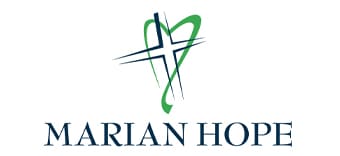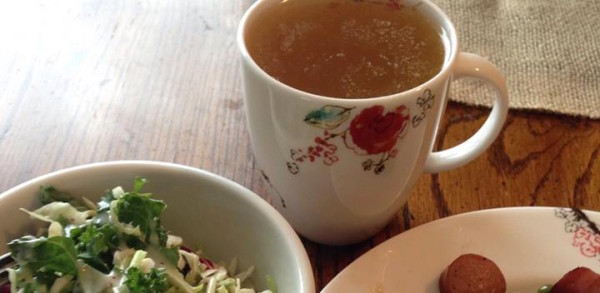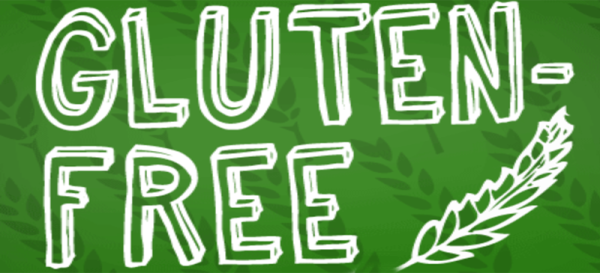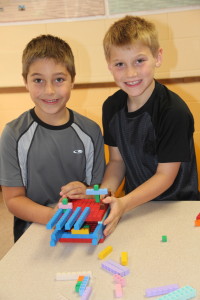App Review: PEEP Where’s Quack?
As a speech-language pathologist, I individualize my treatment plan for each child. For example, some children are more motivated by outdoor play whereas others might be more interested in books or structured games. One tool that I have added to my bag of tricks over the last few years is an iPad. With iPads and similar devices becoming more and more commonplace, many of the children I work with have access to a tablet and most of them show a lot of interest in them.
I have downloaded a wide variety of apps and have developed a list of favorites that I would like to share. I plan to review one of my favorite apps each month to give parents and caregivers ideas for making their child’s screen time more beneficial. This list consists of apps that are free or inexpensive and can be beneficial to different ages and skill levels. My favorite apps are ones that all children could benefit from. Please note, however, that an iPad or other tablet is NOT a necessary requirement for developing speech and language skills. Please read my reviews as supplemental suggestions to the real-life experiences that your child is already learning from.

PEEP Where’s Quack? by WGBH is an app that I was introduced to by the Smart Apps for Special Needs blog. (I highly recommend this blog! It is where I have found many of the apps on my favorites list.) It is a rather simple app in which two animated characters play a game of hide-and-seek. The hidden character, Quack, calls out periodically to encourage the listener to use the sound of his voice to determine his hiding place. Touch a location (a tree, a doghouse, a pile of leaves, etc.) and if Quack is not there, another creature emerges. When you find Quack, a new game automatically begins in a new scene. There is a total of four scenes and Quack hides in new places each time.
While playing this app with your child, you will foster development of several communication skills such as:
- Understanding and answering where questions – Ask your child, “Where’s Quack?” while holding the screen in sight, but out of his/her reach. Encourage your child to tell you a location such as “Tree!” or “Slide!” or, in older children, “Behind the tree!” and “Under the slide!”
- When your child names a location, allow him or her to touch that location and see what animal emerges. Ask, “Is that Quack?” to work on yes/no questions.
- When an animal comes out of a hiding spot ask, “Who is that?” to work on answering who questions and foster vocabulary development. The app includes some less-common animals such as hummingbirds and raccoons in addition to easier vocabulary.
- If your child is not responding to your questions, you can still ask and provide simple answers as models. For example, “Where’s Quack?…Behind tree?… No!…Porcupine!”
Although your child may enjoy independent play with Where’s Quack, he or she will receive little to no language stimulation unless an adult is participating as well and maintains control over the screen. You can continue to foster the development of the skills practiced in Where’s Quack with these extension activities:
- Play hide-and-seek with your child. Depending on his or her developmental level, they might benefit from having a hiding partner (sibling or another parent, etc.). Talk about places you’re looking (e.g., “Is she under the bed?”) and even ask, “Where are you?” to see if your child can label his or her location.
- Play hide-and-seek using your child’s toys. Give your child directions for where to hide each toy (e.g., “Put the train in the drawer.”) or if your child wants to hide the toys on his or her own, you can ask, “Where is the __________?” Your child will love being in charge!
- For older children, make the hide-and-seek game more of a scavenger hunt. Hide pieces of a favorite game or activity (e.g., train tracks) around the house. Give clues (verbal or written) that include location words (e.g., behind, between, beneath, above, etc.). After your child has found all the necessary pieces, play the game or do the activity together.
Enjoy!
Theresa Sonderman, M.A., CCC-SLP
Speech-Language Pathologist at Marian Hope







